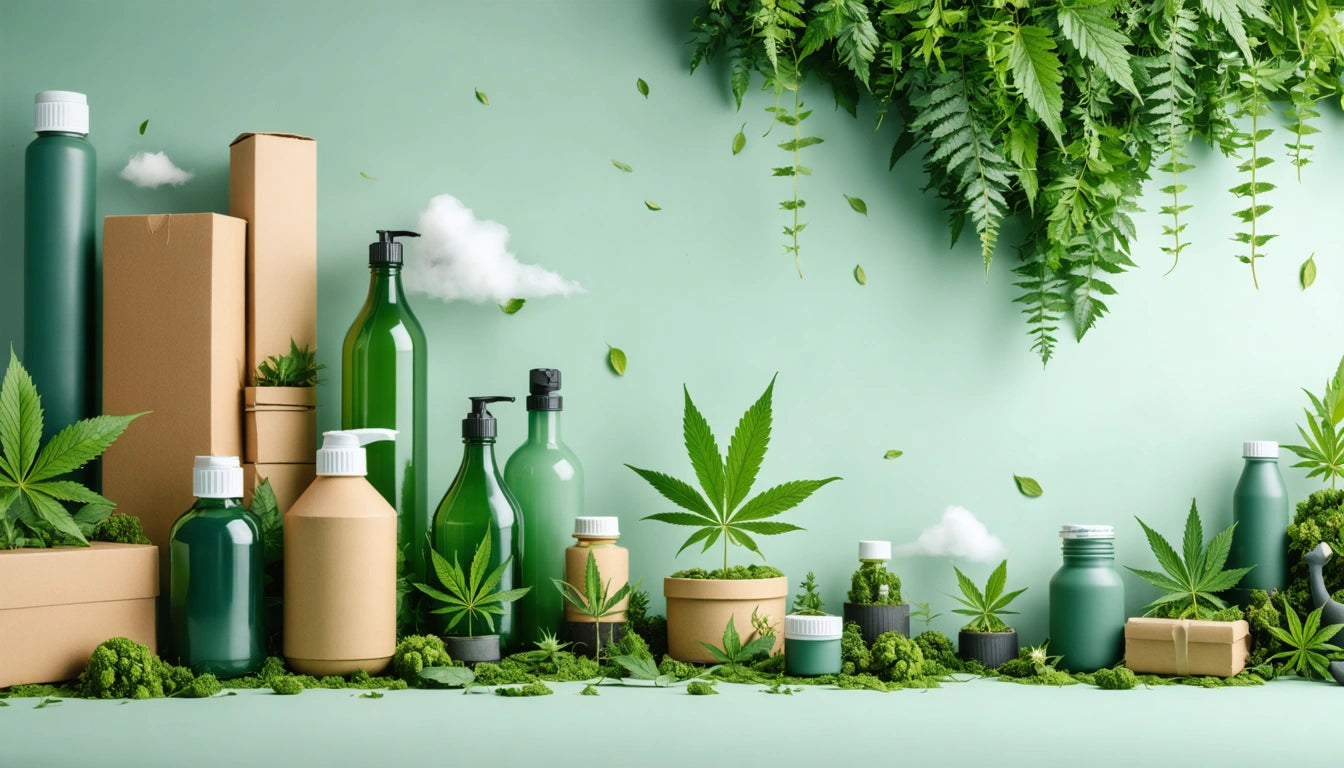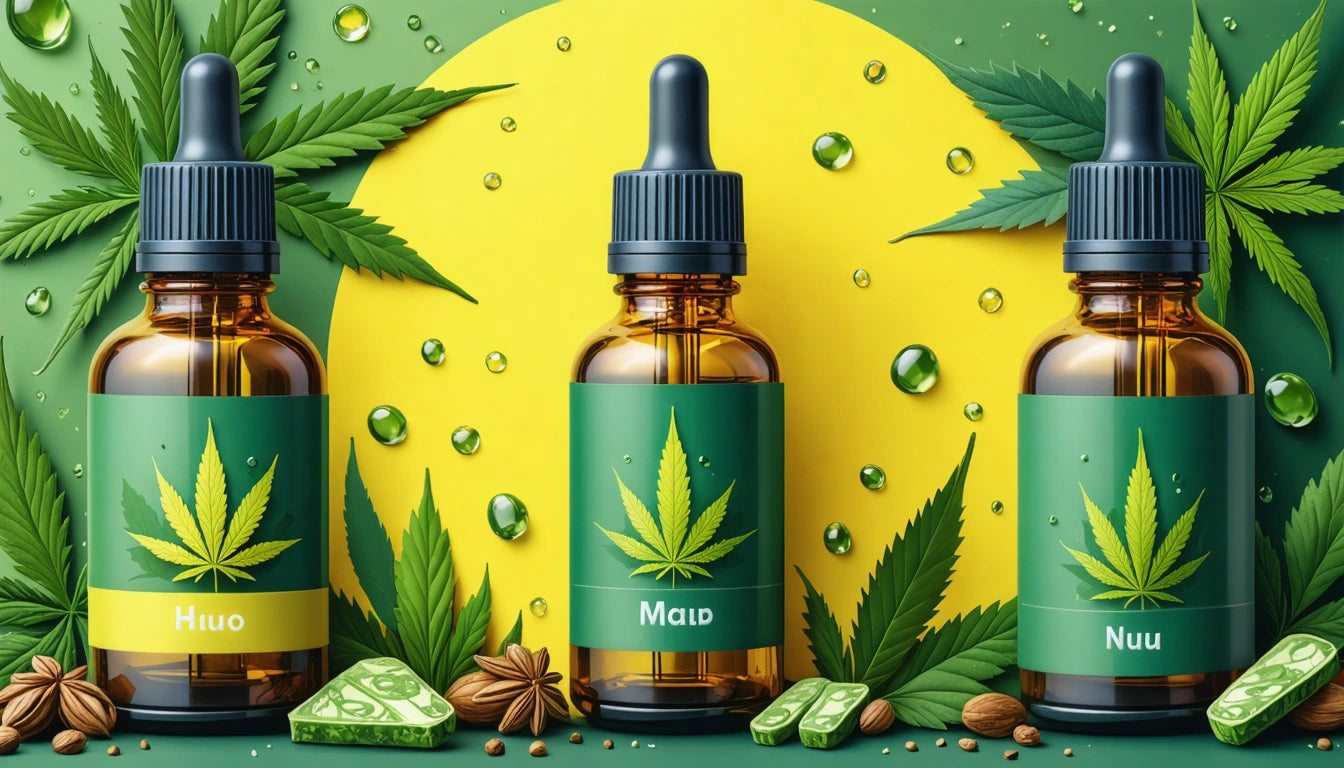Table of Contents
The cannabis industry faces unique challenges when it comes to packaging. Brands must balance strict regulatory requirements with growing consumer demand for environmentally responsible options. As the industry matures, eco-friendly materials for cannabis packaging have become a focal point for innovation and brand differentiation.
The Sustainability Challenge in Cannabis Packaging
Cannabis packaging generates significant waste. According to industry statistics, millions of plastic containers enter the waste stream annually from cannabis products alone. This environmental impact has prompted both consumers and regulators to push for more sustainable alternatives.
The challenge lies in finding materials that can meet strict child-resistance requirements while still offering environmental benefits. As noted by safety packaging experts, packaging must be "significantly difficult for children under five years of age to open" while remaining accessible for adults, creating a complex design challenge for sustainable materials.
Top 5 Eco-Friendly Materials for Cannabis Packaging
1. Hemp-Based Plastics
Hemp-based bioplastics offer a poetic solution: packaging cannabis products with cannabis-derived materials. These bioplastics can be:
- Biodegradable under proper conditions
- Sourced from the same plants being cultivated for products
- Comparable in strength to traditional plastics
- Manufactured with lower carbon emissions
Brands like Sana Packaging have pioneered hemp plastic containers that maintain child-resistance while reducing petroleum dependence.
2. Reclaimed Ocean Plastic
Innovative companies are now using plastic waste recovered from oceans and waterways to create cannabis packaging. This approach:
- Removes existing pollution from ecosystems
- Creates a circular economy for plastics
- Maintains necessary durability and compliance features
- Resonates strongly with environmentally conscious consumers
While not biodegradable, reclaimed ocean plastic prevents new plastic production and keeps waste out of natural environments.
3. Mushroom Packaging
Mycelium-based packaging uses fungal roots combined with agricultural waste to create fully compostable materials. These innovative solutions:
- Decompose completely in home compost settings
- Require minimal energy to produce
- Can be molded into custom shapes
- Leave zero toxic residue
While currently more common for shipping and outer packaging, innovations in mycelium technology are making it increasingly viable for primary cannabis packaging.
4. Plant-Based PLA (Polylactic Acid)
Derived from renewable resources like corn starch or sugarcane, PLA offers:
- Similar appearance and functionality to conventional plastics
- Industrial compostability
- Reduced carbon footprint compared to petroleum plastics
- Versatility for various packaging formats
The distinction between compostable and recyclable materials is important, as explained in this comparative analysis of sustainable packaging options.
5. Recycled Paper and Cardboard
Perhaps the most widely available sustainable option, recycled paper products offer:
- Familiar manufacturing processes and infrastructure
- Easy recyclability in most municipal systems
- Excellent printability for branding
- Competitive pricing compared to other eco materials
When combined with compliant inner containers, recycled paper outer packaging significantly reduces the overall environmental footprint.
Balancing Compliance with Sustainability
The cannabis industry faces strict packaging regulations that sometimes conflict with sustainability goals. Child-resistance requirements often necessitate multiple materials or complex designs that can compromise recyclability.
As detailed in this analysis of compliance challenges, brands must navigate regulations while still pursuing environmental improvements. Some innovative approaches include:
- Reusable child-resistant containers with recyclable refill pouches
- Modular designs that separate compliance mechanisms from product containers
- Education initiatives to ensure proper disposal of multi-material packaging
The Consumer Perspective on Sustainable Packaging
Research indicates growing consumer preference for sustainable packaging in cannabis products. According to market studies, a significant percentage of cannabis consumers consider environmental impact when making purchasing decisions.
However, sustainability claims must be authentic and verifiable. Brands should be cautious about greenwashing and ensure their environmental messaging is backed by legitimate practices.
Effective strategies include:
- Clear labeling of materials and disposal instructions
- Transparent communication about sustainability trade-offs
- Third-party certifications to validate environmental claims
- Educational content about proper recycling or composting
Implementation Strategies for Eco-Friendly Packaging
Transitioning to sustainable packaging requires strategic planning. Cannabis brands should consider:
- Phased implementation to manage costs and test market response
- Supplier partnerships with experienced sustainable packaging manufacturers
- Consumer education about proper disposal methods
- Price positioning that reflects the value of sustainability
As outlined in this pricing strategy guide, brands can maintain margins while investing in better materials through strategic pricing and messaging.
The future of cannabis packaging lies in continued innovation that bridges the gap between regulatory compliance and environmental responsibility. As materials science advances and regulations evolve, we can expect increasingly elegant solutions that satisfy both requirements without compromise.











Leave a comment
All comments are moderated before being published.
This site is protected by hCaptcha and the hCaptcha Privacy Policy and Terms of Service apply.